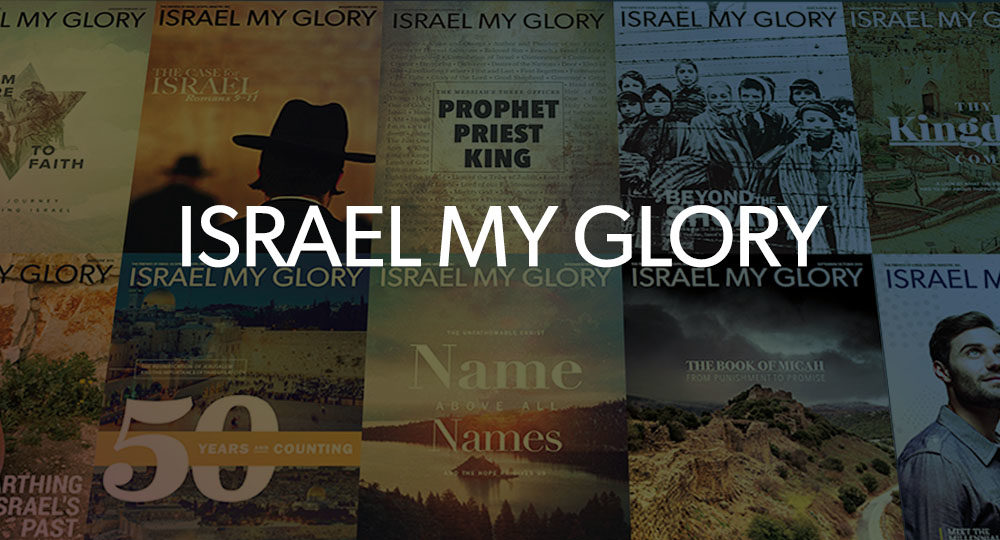Amos: An Introduction
Writer
Amos (meaning to bear or burden-bearer) was reared in Tekoa, a small town in the hill country of Judah, six miles south of Bethlehem and 18 miles from the Dead Sea. He was a shepherd or possibly a sheep breeder and a gatherer of sycamore fruit. He was a rugged, out-of-doors type of man, quite different from the society of Israel to whom he ministered. He was not schooled as a prophet but called from secular employment to bring a divine message (7:14-15). Unlike Hosea, A,os presented a straightforward message of justice to the political and spiritual leadership of Israel.
Recipients
Though Amos directed his prophecy to the Northern Kingdom of Israel, he also had a message for the Southern Kingdom of Judah and the surrounding nations.
Background
In the eighth century, King Uzziah (790-740 B.C.) in Judah and King Jeroboam II (793-753 B.C.) in Israel expanded their borders, took control of the trade routes surrounding their countries, and became very prosperous. An upper class emerged (3:11-13), built expensive homes (3:15; 5:11; 6:4; 11), enjoyed a carnal lifestyle (6:1-4), and exploited the poor (2:6-7; 5:7, 10-13; 6:12; 8:4-6). Political corruption ruled the day as the leaders oppressed the people and committed violence and robbery (3:9-10). Religious fervor was high, but it lacked a true devotion to God. Merchants did observe the Sabbath, new moon, and feast days, but were dishonest and chafed under closing their businesses for religious days (8:4-6).
Date
Amos prophesied during the reign of Uzziah (790-740 B.C.) and Jeroboam II (793-753 B.C.), two years before the great earthquake *1:1; cp. Zech 14:5). Though it cannot be documented, Josephus placed the earthquake during the time Uzziah sinned against God by offering incense in the Temple (2 Chr. 26:16-23), which would have been around 760 B.C.
Theme
Judgment will come on Israel, Judah, and the nations if they refuse to turn from their sin.
Key Words
Transgression (12 times); I will not turn away its punishment (8 times).
Key Verses
4:11-12
Outline of Amos
- Prologue (1:1-2)
- Time of Prophecy (1:1)
- Theme of Prophecy (1:2)
- People Judged (1:3-2:16)
- Sledges of Torture—Damascus (1:3-5)
- Slave Trafficking—Gaza (1:6-8)
- Severing Treaty—Tyre (1:9-10)
- Sword of Terror—Edom (1:11-12)
- Sadistic Triumphant—Ammon (1:13-15)
- Spoiling Tombs—Moab (2:1-3)
- Spurning the Torah—Judah (2:4-5)
- Social Transgressions—Israel (2:6-16)
- Purpose of the Judgment (3:1-6:14)
- Ruined Relationship—First Message (3:1-15)
- Refusal to Repent—Second Message (4:1-13)
- Repentance Requested—Third Message (5:1-17)
- Ritual Reviewed—Fourth Message (5:18-27)
- Rich at Rest—Fifth Message (6:1-14)
- Pictures of Judgment (7:1-9:10)
- Judgment Diverted—Vision of Locusts (7:1-3)
- Judgment Delayed—Vision of Fire (7:4-6)
- Judgment Determined—Vision of Plumb Line (7:7-9)
- Judgmental Dialog—Voice of the Priest (7:10-13)
- Judgment Described—Voice of the Prophet (7:14-17)
- Judgment Declared—Vision of Summer Fruit (8:1-14)
- Judgment Day—Vision of Lord on Altar (9:1-10)
- Prosperity After Judgment (9:11-15)
- Possession of Israel (9:11-15)
- Productivity in Israel (9:13-14)
- Permanent Promise to Israel (9:15)
